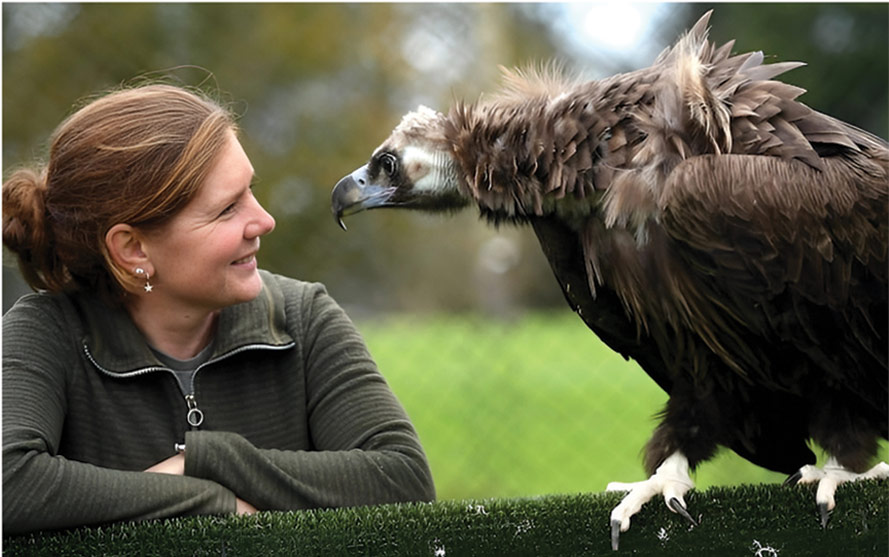Stem Cell Treatment is it all Smoke & Mirrors

Recently a friend said he didn’t believe in the efficacy of stem cell treatment declaring it all “smoke and mirrors” so I decided to find out if that statement was justified.
Looking up stem cells I saw that they were often referred to as the body’s “master cells”, having the potential to develop into muscle, blood, brain, or bone cells. Stem cell treatment itself being hailed as one of the most exciting areas in modern medicine with claims of repairing, replacing or regenerating damaged tissue. Obviously when a medical treatment is used inside the body the effects are not easily visible and if the treatment requires a period of time to work then cynicism and mistrust can creep in.
My friend who declared it all “smoke and mirrors” was basically saying that most of the patient’s feeling of stem cell treatment doing them good could probably be put down to a placebo effect. But how does that work with animals I wonder? After all, Stem cell treatment first gained widespread attention in the care of elite racehorses. These thoroughbreds, when suffering from tendon tears, ligament damage, and joint problems, would be in danger of having their racing careers prematurely ended because of these injuries. Traditional treatments would lead to long recovery times, a great deal of expense for the owners,and high rates of re-injury. However, in the early 2000s, veterinarians began exploring the use of stem cells to inject directly into the injured area and so help horses return to competition faster and with fewer relapses. The equine world thus became an early testing ground for stem cell therapy, contributing valuable insights in its application for human medicine.
More recently, (at the end of 2024) a story caught my attention about a Vulture called Bernard.a 28-year-old Eurasian black vulture residing at the Horstmann Vulture Trust in South Wales. Bernard had been experiencing stiffness and reduced mobility due to arthritis, which hindered his ability to engage in natural behaviors such as nest building and mating with his partner. This was particularly concerning as the pair had previously produced the first-ever Eurasian black vulture chick in the UK, marking a significant achievement in vulture conservation.
So it was that Bernard became the first of his species to undergo stem cell treatment aimed at alleviating arthritis in his stifle joint. The innovative procedure involved extracting stem cells from Bernard’s own tissues, which were then cultured and expanded over four weeks by Dr. Jo Miller and her team at Cell Therapy Sciences. A dose of 7.2 million stem cells was prepared and subsequently injected into Bernard’s affected joint by a team of veterinary specialists, including Dr. Neil Forbes, Dr. Tom Bailey, and Dr. Lance Jepson, at Seren Vets in Carmarthen under the direction of Dr. Kevin Jones of Gibson & Jones Vets.
The Daily Telegraph newspaper went on to report that “Ppost-treatment observations indicated significant improvements in Bernard’s mobility and comfort. He resumed activities such as carrying sticks for nest building, suggesting a positive response to the therapy. This pioneering use of stem cell treatment in a vulture not only enhances Bernard’s quality of life but also opens new avenues for treating joint-related conditions in other avian species, representing a milestone in veterinary science and wildlife conservation.” The story even caught the attention of the BBC reporting that “An arthritic 28-year-old vulture has been given a stem-cell treatment in what conservationists say is a “turning point for wildlife medicine”.
So placebo effect in horses and vultures I think not. The use of stem cell treatment in “dumb” animals surely disproves the “smoke and mirrors” suggestion and if you would like to find out more or see how stem cell treatment may be of help to you – go see Dr Patrick at Taara Clinic for his expert advice.
Taara Medical Clinic ตาราคลินิก

